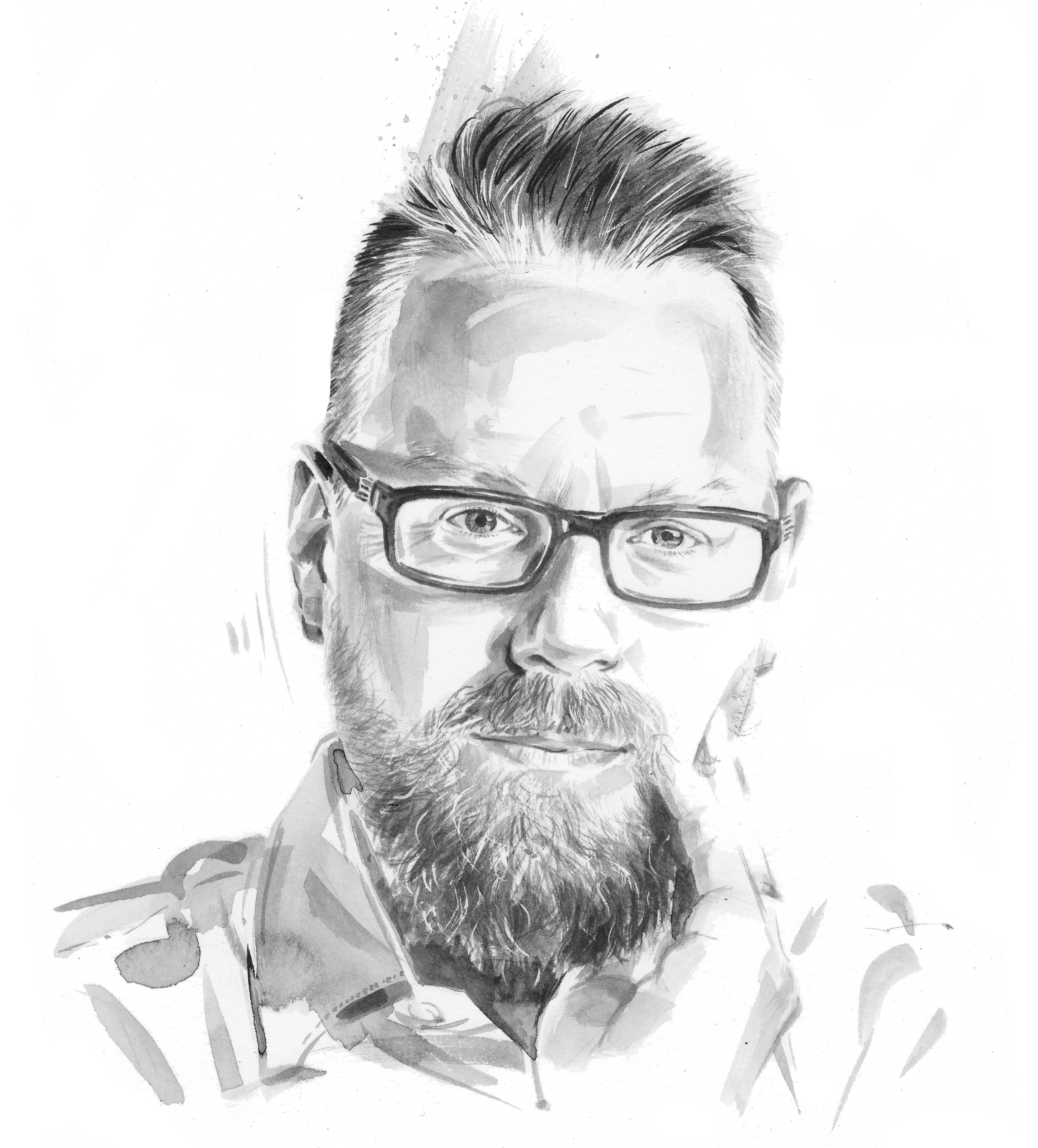It is not always easy to find the balance between the complexity of findings from education research and their practical implications.
When the question is whether research says that a certain classroom practice “works”, the answer simply is often “it depends”. This is even the case with evidence from “what works” organisations like the Education Endowment Foundation or the US-based What Works Clearinghouse.
Because this is so tricky, I think it’s important that researchers and practitioners work together to find a useful balance. This is why I have been contributing to both academic and teacher conferences for many years. Almost inevitably, it becomes a trade-off between actionable advice and sticking to what research actually says.
The complex study of education
If research is too simplified, there is a risk that the laudable ambition to make education more evidence-informed creates new educational myths.
One thing that often can be forgotten is that myths seldom are intentional moments of deception, but rather, as one paper puts it, “originate from uninformed interpretations of genuine scientific facts”, which are promoted by “victims of their own wishful thinking, who hold a sincere but deluded fixation on some eccentric theory that the holder is absolutely sure will revolutionise science and society”.
Myths can be perpetuated for various reasons, including differences in terminology (hence the importance of definitions), counter-evidence being hard to access (which is why evidence being in pricey books is not helpful), numerous biases (we love to be confirmed in what we already believe), and simply because education is complex to study.
Over the years, I have reported numerous examples of studies that, in my opinion, have been misrepresented, including on the downsides of instruction, the misuse of some of Rosenshine’s principles, the results of international studies like the Programme for International Student Assessment and the effectiveness of fast reading.
I concluded with some recommendations on how teachers can prevent misunderstanding research results. They include following up references and sources, reading more while reserving absolute judgements and not simplifying complex results.
Shortcuts to understanding research
Professor Daniel Willingham’s book on when you can trust experts also offers shortcuts for evaluating whether research supports a certain claim.
Willingham first recommends that we “strip it”, to reduce the claim to what it is actually saying. What should pupils, teachers or other actors do, and what outcome is at stake?
In a second step, Willingham recommends that we “trace it”: ask who made the claim and what have others said about it. The latter is sometimes tricky to evaluate because we often rely on credentials, which are not always associated with the truth value of a claim.
Third, Willingham suggests we “analyse it”, ascertaining why you are asked to believe a claim is true, what evidence is offered and whether a claim corresponds with your own experience.
This can be tricky, as humans love to be confirmed in what they already believe in (confirmation bias), but also because experience is not always the best adviser in such matters.
Many students think that blocked practice (studying for several hours just before an exam) is more effective than an hour a day for a week before the exam (so-called spaced practice), for example. The evidence, however, points towards the opposite. Students’ experiences are not aligned with the actual evidence.
Finally, Willingham rightly states that teachers will have to determine themselves whether they actually should do something. I agree, as in the end, it’s the teacher in the classroom that decides on what works.
Of course, those engaging with research can promote certain findings, but it should be clear that when it comes to implementation in the classroom, it’s the teacher who decides, not a researcher, a school manager, or a consultant.
Christian Bokhove is professor of mathematics education at the University of Southampton and a specialist in research methodologies
For the latest research, pedagogy and classroom advice, sign up for our weekly Teaching Essentials newsletter





